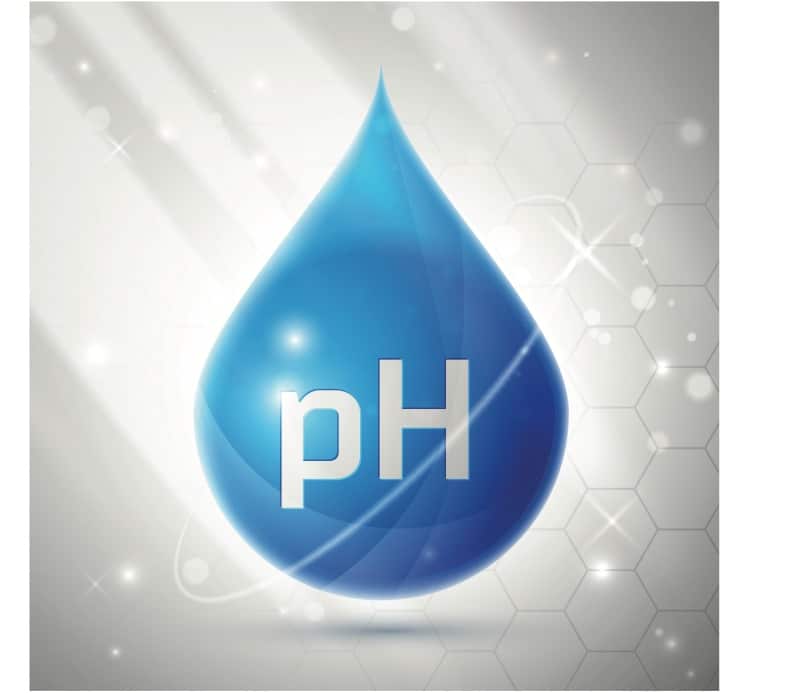Understanding and Treating Moisture-Associated Skin Damage
Why is moisture balance in skin and wound management important?

Moisture balance is a key component to healthy skin and wound management. Intact skin is the body’s first line of defense against the invasion of microorganisms and is an important part of the immune system. The top layer of the skin, known as the epidermis, has the primary function of protecting the skin water content and balance (permeability barrier) and maintaining the skin’s integrity against bacterial invasion and physical barriers such as shear friction and toxic irritants.
What is the role of pH in maintaining normal skin bioburden?
The skin has an acidic pH range of 4 to 6.5, which gives it a protective advantage in maintaining normal skin bioburden. This slightly acidic pH also helps to protect the skin against alkaline substances. Alterations in this pH by frequent use of soap products, over-washing with detergents, or prolonged exposure to urine or stool can alter this balance and its ability to serve as a protective barrier.
What damage can moisture cause?
Moisture can induce significant damage in the skin folds, perineum, and areas surrounding a wound or stoma comprising the skin’s normal function as a barrier. The source of moisture may include incontinence, wound drainage, perspiration, saliva, peri-stomal draining, frequent washing with soap and water, or overall prolonged moisture exposure. The damage to the skin includes inflammation and erosion of the tissue.
There are four types of moisture-associated skin damage. These include:
- Incontinence Associated Dermatitis (Perineal dermatitis; Diaper rash)
- Intertriginous Dermatitis or Intertrigo (Moisture trapped in skin folds)
- Periwound Associated Dermatitis or Maceration (Moisture from wound drainage or dressings)
- Peristomal Associated Dermatitis (Moisture from peristomal output, exudate, fecal material, fistulas)
What does moisture damage look like?

Moisture damage may appear as skin that looks soggy, feels soft, or appears whiter than usual. It may also manifest with mild erythema and inflammation to extensive and painful erosion complicated by bacterial and fungal infections.
It is important to prevent skin damage from excessive moisture and to prevent a complication from excess moisture as soon as it is identified. Damage to the skin can be painful and lead to infection, delayed healing, and further tissue damage.
How do you prevent moisture damage to skin?
Prevention begins with careful assessment of the skin, leading to an individualized plan of care with attention to skin and wound hygiene. Diabetic foot care includes careful assessment of moisture between the toes due to the risk of fungal infection. A pH-balanced skin, wound, and perineal cleanser should be used, ensuring the product selected for cleansing is appropriate for the area being treated (skin, wound, or perineal). Intact skin should be patted dry after cleansing.
Skin folds need to be routinely examined and kept clean and dry. Powder, gauze, or towels, should not be used between skin folds as they trap moisture into the space and can increase friction to the skin.
What products are appropriate for moisture management?
Appropriate moisture management may involve the use of skin barrier or protectant products. It also requires the appropriate selection of wound dressing to manage exudate. It is important to change wound dressings or incontinence products when they become saturated. Attention to the securement mechanism of any wound dressing or ostomy pouching system is also important to prevent maceration and potential irritation. This is known as Medical Adhesive-Related Skin Injury (MARSI) of which maceration can be a component.
Moisture management is an important aspect of skin care. Your healthcare provider can best direct the product and care for your individual needs.
To learn more about products indicated for the management of acute and chronic wounds, please visit https://sanaramedtech.com/wound-care/




